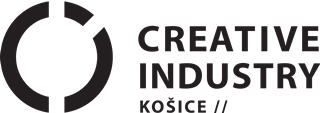Andrea Orság is the co-founder of MissionC, a strategic consulting firm based in Amsterdam, which aims to accelerate the transition to a circular economy globally. She is a consultant with many years of experience in risk management, strategy, and change management. She regularly acts as an anchorwoman, facilitator, and speaker in areas related to the circular economy and sustainability. We talked about the circular economy.
According to a survey by Matej Bel University, up to 36.8% of Slovaks have never heard of the circular economy at all. Could you tell us briefly what its basic principles are?
Personally, I perceive the circular economy as a concept that should be an integrated part of sustainable development, whether we are talking about a country or a specific company. This is a new system of the way the economy works, where we look not only at the financial benefits but, at the same time, also take into account the impact on the environment and society. Of course, the circular economy is, in practical terms, based on certain business models. Simultaneously, it is based on a few principles, where we try to reduce waste generation and limit environmental pollution. We strive to keep what we already have in circulation, be it products or services, for as long as possible to get the most value out of them. At the same time, in an ideal world, we strive to restore natural systems.
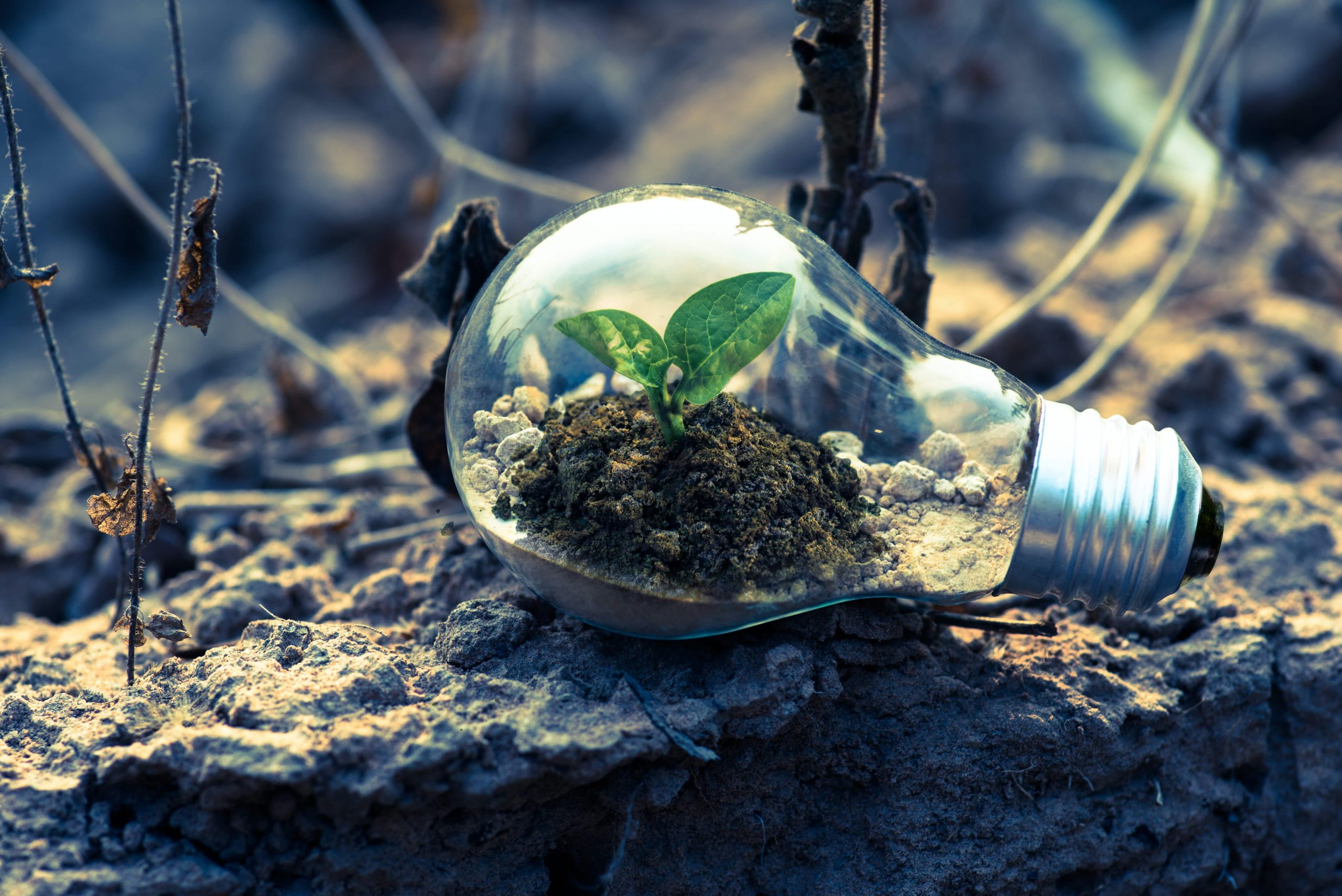
What do you mean by restoring natural systems?
Restoring natural systems in simplicity means that we try to give back to nature more than we take from it. We are currently operating on the principle that we are mining many minerals while polluting our planet. All this regeneration or renewal of natural systems is based on the fact that our work can create even better conditions for our planet and natural systems to function.
You have been working in the Netherlands for a long time. What is your story, and how did you get into the circular economy?
Since 2009, I have worked for various companies in risk management and strategy control and setting. This work has always satisfied and fascinated me but, back then already, I became interested in the environment, first, as a member of Greenpeace, where I was interested in what was happening on our planet. Of course, it was impossible not to notice all the negative impacts on nature caused by certain companies, especially oil companies. I began to wonder how the companies I work for as a consultant affect the environment. Since 2014, it has become clear that I do not want to bring financial benefits to companies. I wanted to work for companies, enterprises, and organizations that do take an interest in their impact on the environment and society.
My transition to long-term sustainable development and projects related to the circular economy began in 2014 when I got to writing reports on climate changes within a consulting company for which I worked. It was in collaboration with CDP, a non-profit organization, which is based in London. We focused on Belgium, the Netherlands, Luxembourg, and France. We looked at the strategies of different companies operating on the stock exchange, with the shares that can be traded. For example, we looked at how much they invest in reducing their carbon footprint. To this were added various other projects. It became clear to me that, in ideal conditions, it is possible to make a profit and, at the same time, have a positive impact on the environment and society.
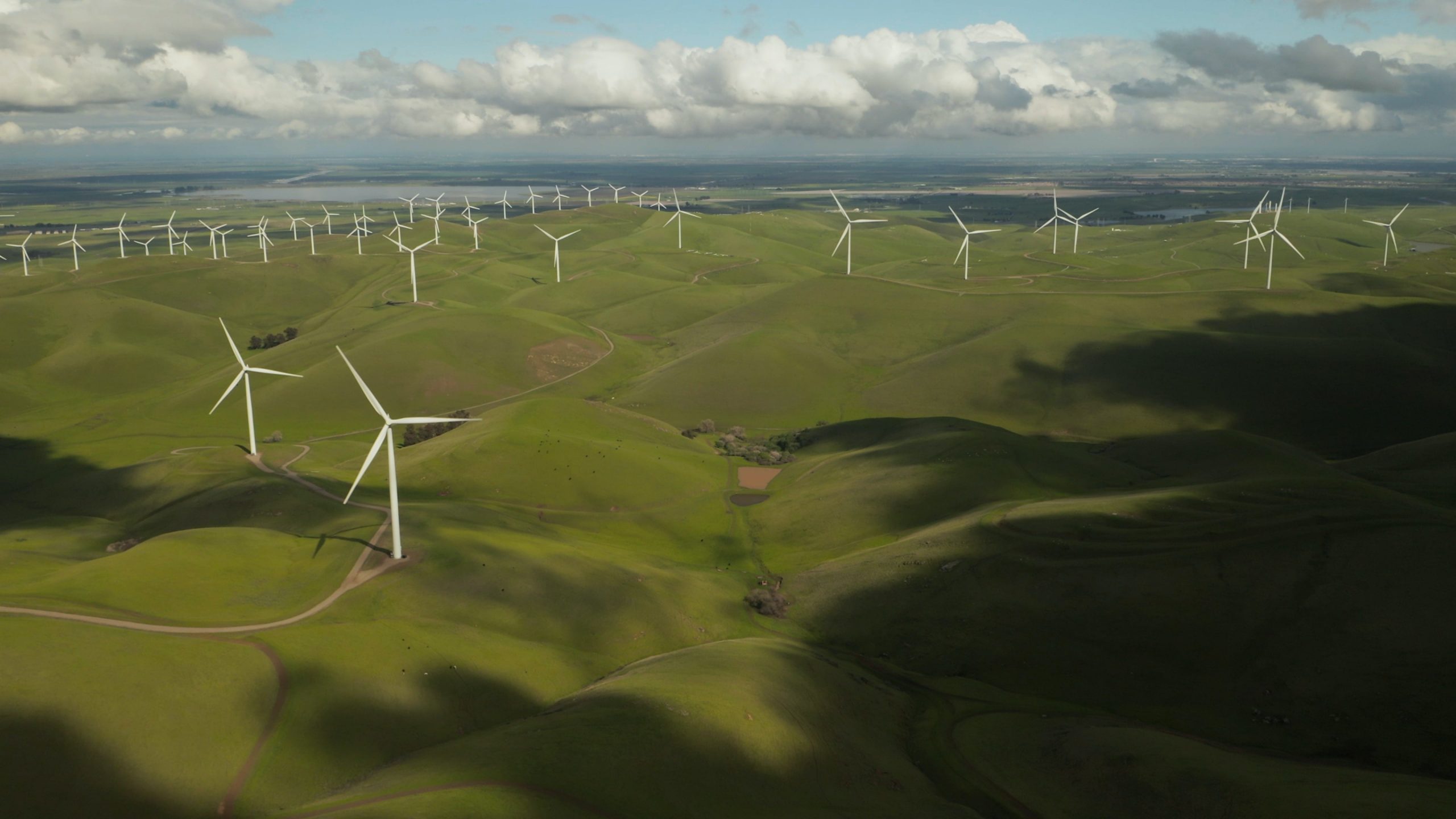
Source: Tyler Casey 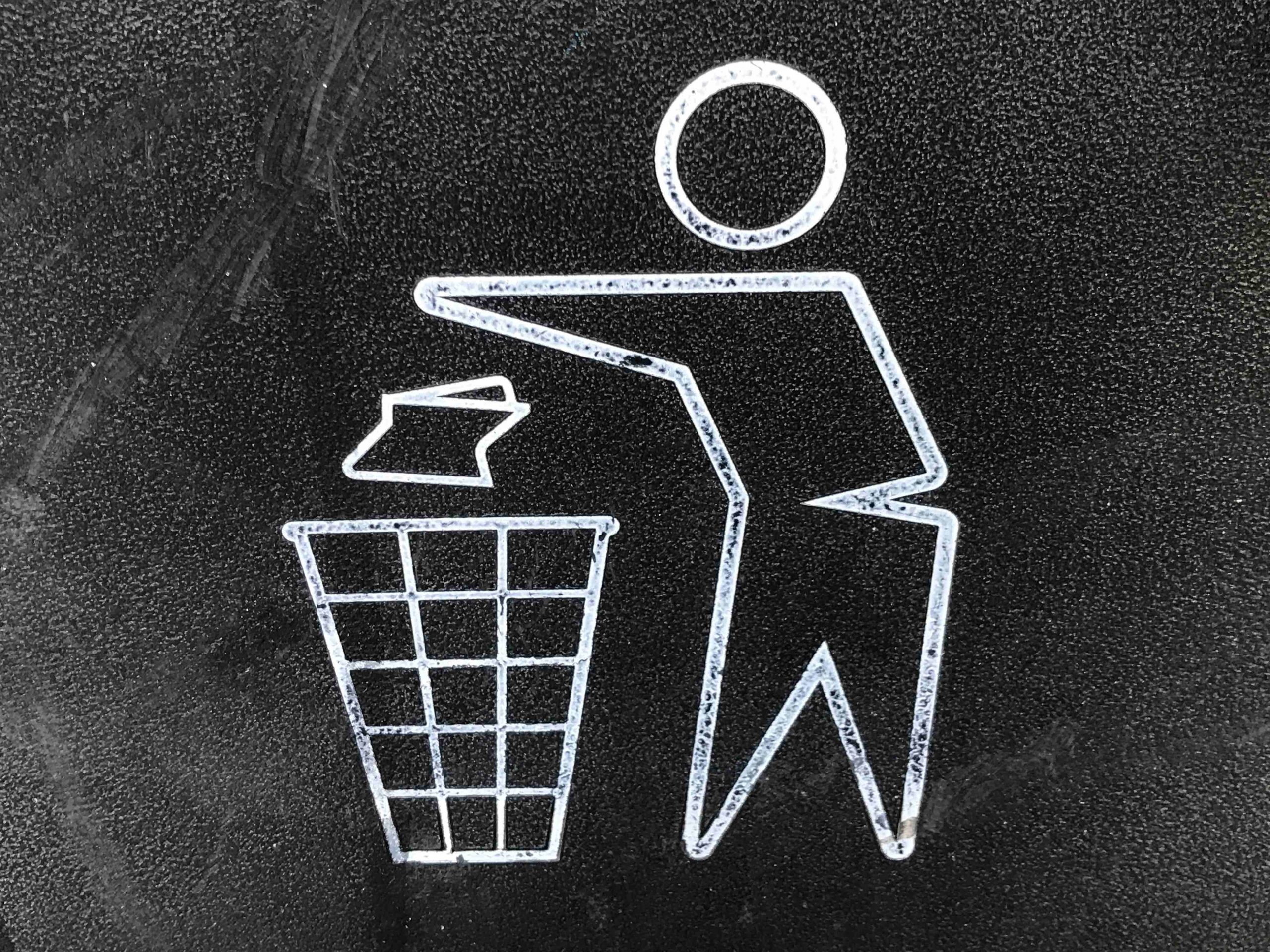
Source: Gary Chan
What about “Corporate Social Responsibility”? Is the circular economy part of it, or are these two different approaches?
In the company where I worked as a consultant, it was interrelated. Our Corporate Social Responsibility (CSR) Manager was in charge of the projects that concerned both the environment and the positive impact on society. However, I can imagine that it is something that depends on the settings of each company. For example, many companies establish an office of CSR Manager and also of Sustainable Development Manager. It is a person who sits separately from other employees and focuses on small projects such as: “We’re going to plant trees.” When we talk about sustainable development and the circular economy as a strategic tool, it should not be a matter of creating a sustainable strategy. Indeed, it should be something that is the root and foundation of the company’s overall strategy. It must be at the heart of the company; it must be important to them. It must not be just something that will ensure that the goals indicated in the report were met.
The circular economy is based on certain business models. What are the most common ones?
I will mention a few business models that can be considered circular because they meet certain conditions. Design, i.e., design of products the way they can be easily repaired and are modular. This means that if a component or part of a product breaks down, we can easily replace it. When there is a technological improvement or innovation, instead of throwing away the whole product and buying a new one, we will improve it. Another important business model is to have access to services instead of having to own something ourselves. It is well apparent, for example, in the fashion industry, where instead of having to keep buying new clothes for our wardrobe all the time, we have the opportunity to rent something. This applies not only to fashion but also to other industries. Another important model is resource usage. I do not mean resources, such as electricity – whether we use electricity based on wind energy or solar energy – and what input materials we have. Are we using something completely new because new resources have to be extracted, or can we use something that might be a waste for someone else? I would highlight these three, but there are really many.
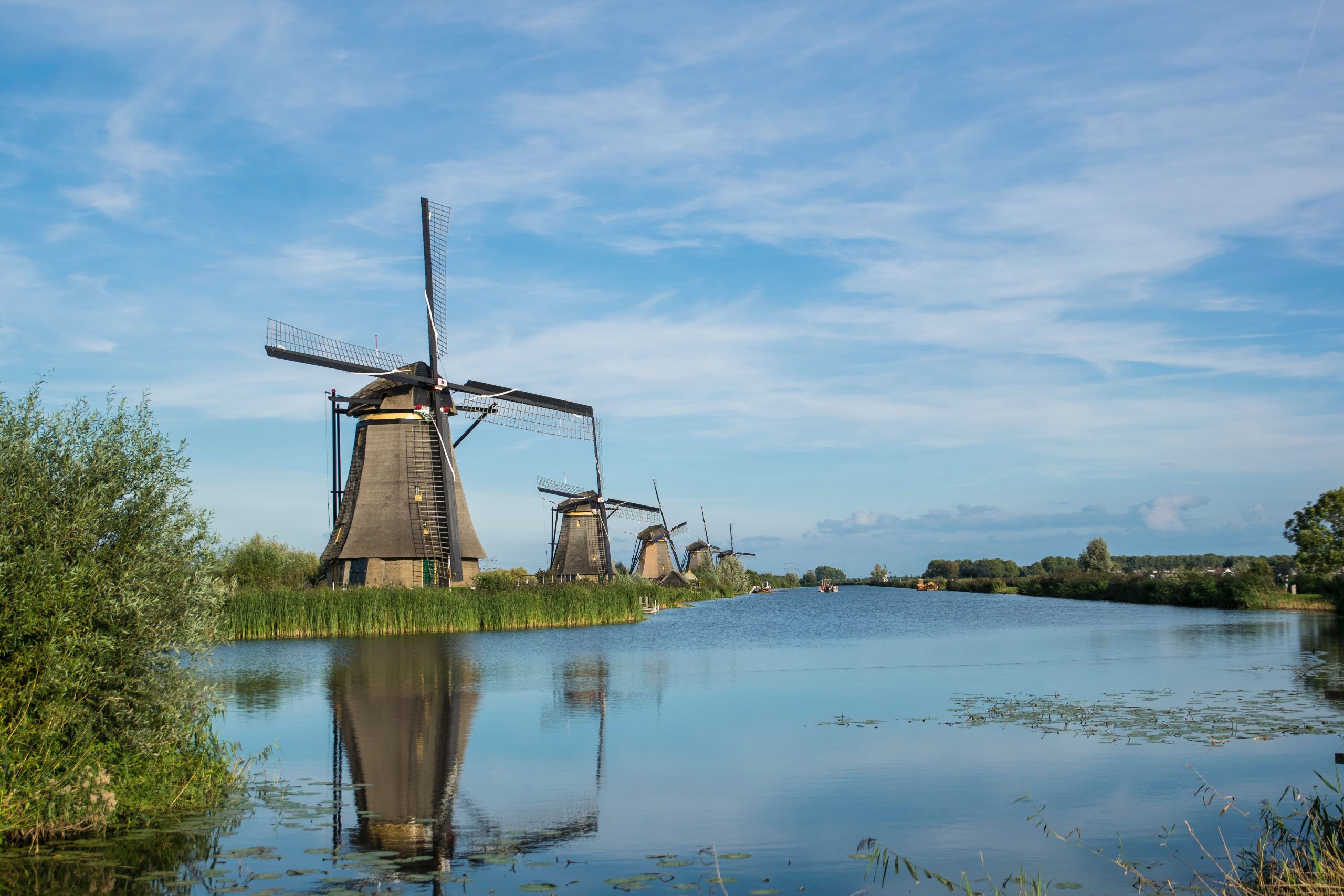
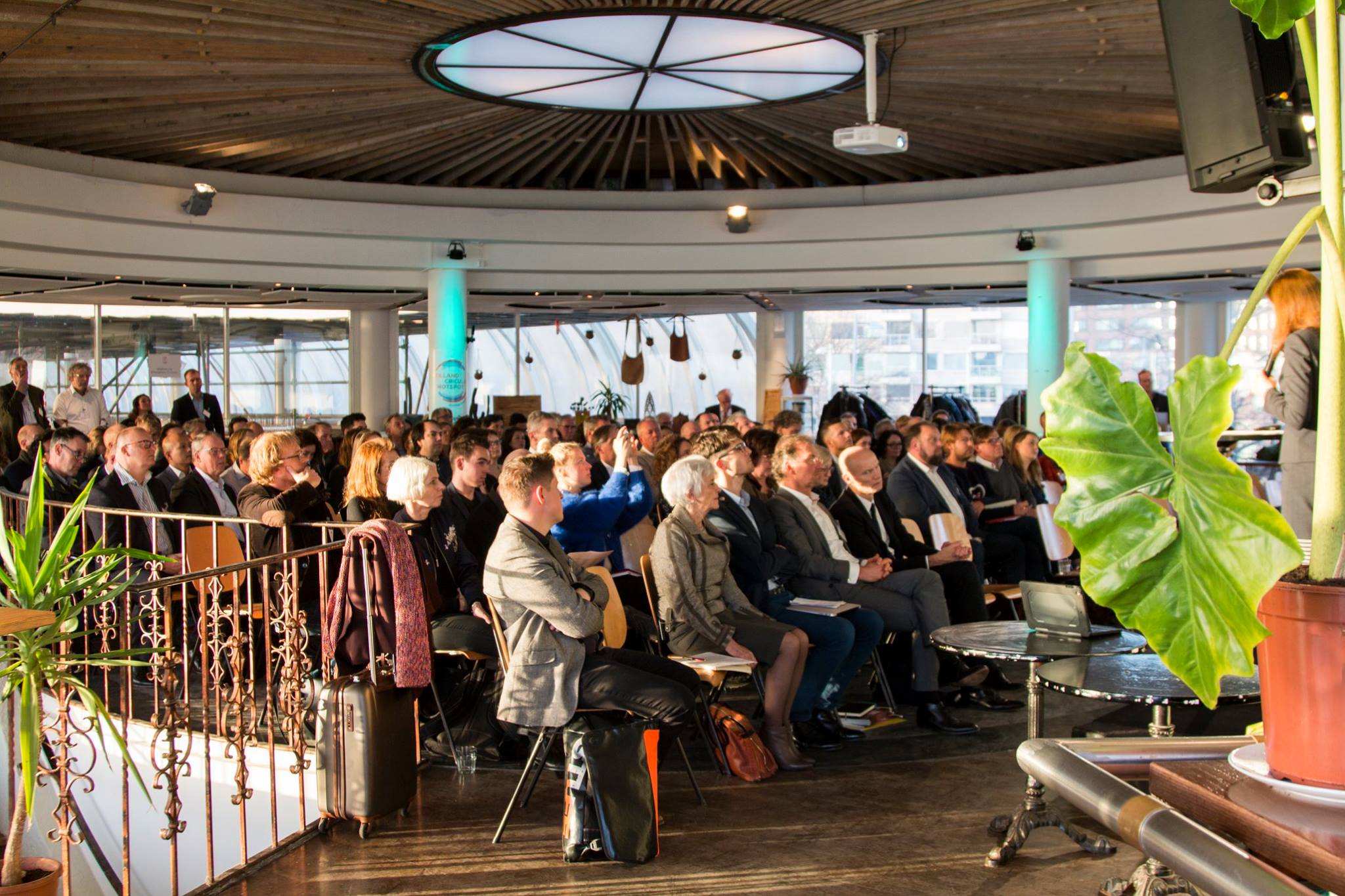
Source: Holland Circular Hotspo 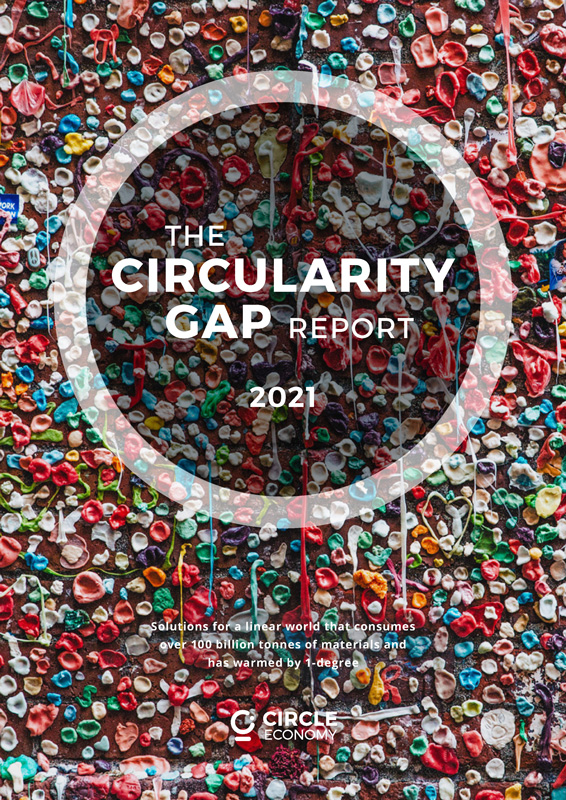
Source: Circle Economy
The Netherlands is a country that is considered a pioneer in the application of circular principles in practice. Why does it work better for them than in the rest of the world?
I think it’s a combination of several factors. The Dutch live near the water. Water is a huge natural element that brings many positives, but it poses a huge threat to the entire population when not managed properly. Finding a way to treat water as a natural resource was very natural for the Dutch. Even though their population is around 17 million, it is a relatively small country comparable to Slovakia. There is not much space and natural resources, so they are more motivated to think about dealing with these natural resources as efficiently as possible. Also, the country considers this issue to be significant and has committed itself to a certain goal. The Netherlands has set itself to become 100% circular by 2050, 50% circular by 2030.
Earlier this year, the Circle Economy released a new Global Circularity Gap Report, which states that, in general, the world is circular at only 8.6%. Of course, we’re talking about the average. However, the Netherlands is reaching around 25%, which is good news and beautiful proof that they are taking it really seriously. Also, innovations are natural here. It is a country with an incredible number of startups, new companies here to invent, test new business models, apply, and improve them. We have an incredible number of institutions and organizations that do everything to ensure that all that experience and knowledge reaches outside the Netherlands. I will mention the Holland Circular Hotspot, which helps Slovakia become more circular with its activities. Circle Economy is a non-profit organization that provides amazing publications so that everyone can learn much more about the circular economy. In addition, PACE is the platform for the circular economy, whose members are ministries representing countries around the world, including Japan, Germany, or large companies such as Philips, Apple, Veolia, and Coca-Cola.
It is incomparable with Slovakia, which is almost at the very tail of the innovation index. Isn’t there a worldwide threat of global collapse?
Yes, unfortunately, we can talk about the circular economy as something that would be great for the future, but it is necessary though. If we look at the Paris Agreement of 2015, the Sustainable Development Goals, the European Green Agreement, then we need to do something at the moment to reduce the carbon footprint and emissions, which we produce because we mine a lot of minerals. We produce many products, but we throw them away without looking at how many raw materials are in them and how many of them we can reuse.
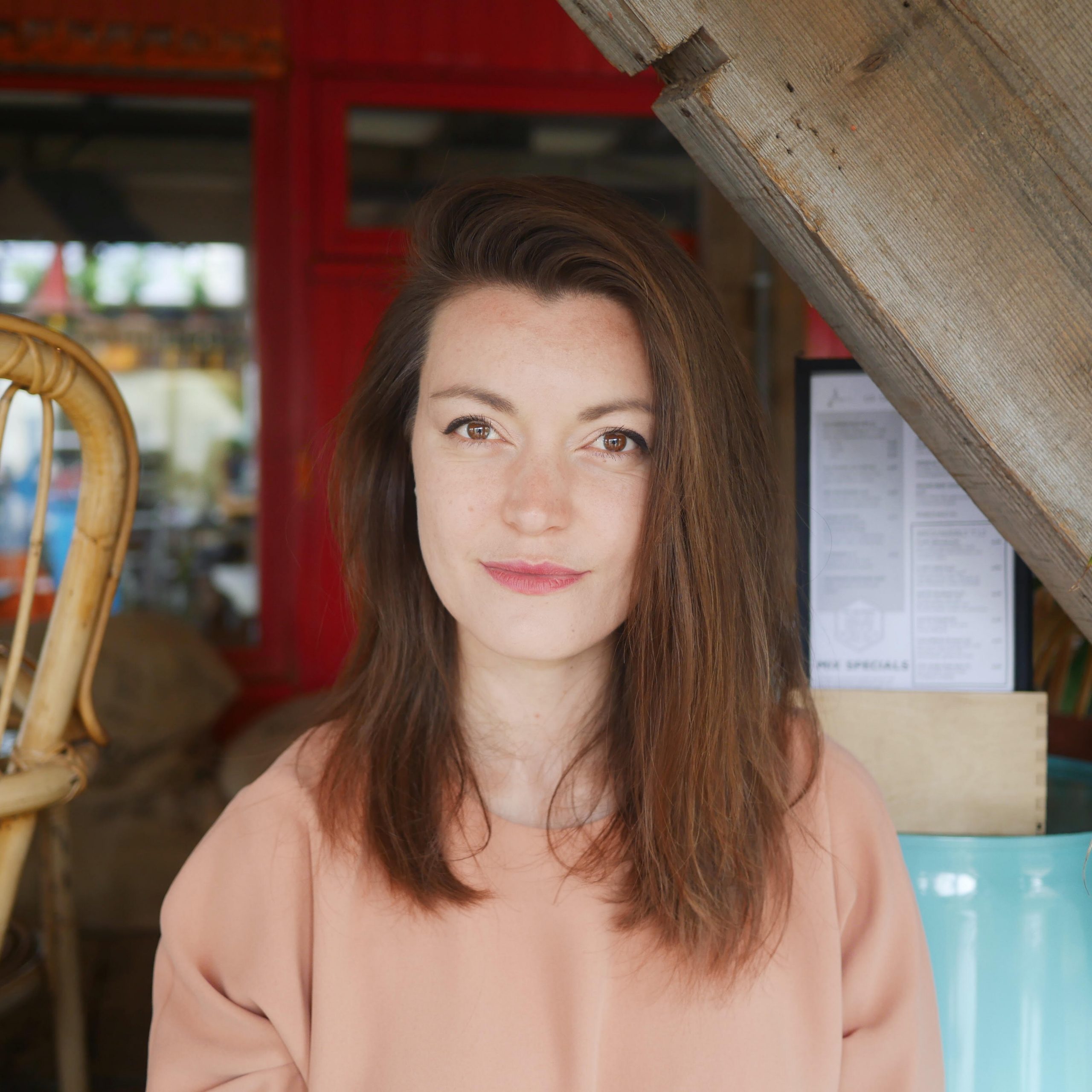
Do you have a sector of the economy or a topic that is close to you and that you focus on in your work?
I would start by saying that I am someone who has experience in risk management and strategy setting. This topic is the one that fascinates me. Ultimately, I believe that all sustainable development, the circular economy, and the setting up of a company’s business models begin with setting a strategy. How does strategy combine with risk management? Risk management is the perfect tool that can help us figure out where we are heading with this strategy, what awaits us, set goals, and how we can better prepare. It is, therefore, important for me to look at the circular economy, as well as at achieving the Sustainable Development Goals, strategically. We need to know why and how to get there. In this way, we can identify the opportunities, risks we face and how we can prevent them from working in our favor ultimately. I see myself as someone who helps companies look at their current situation and future to benefit the environment and society ultimately but remain a valuable enterprise, obtaining what they need.
Strategies should include not only qualitative but also quantitative goals that will get us to the goal. What role do data play in the circular economy?
Data play a huge and important role because we need to measure what we are achieving. Put, if we don’t have any data, we can’t figure out how we’re moving, whether we’re on the right track, and don’t need to change anything. It starts with an initial evaluation of the situation we are in – when we set how much waste, minerals, water, or products we need. It is simply the foundation from which we can then kick off and think about what we want to change, in what way and time. It is the data that helps us monitor whether we are doing successfully.
Your company helps businesses turn the circular economy’s benefits into reality and verify the viability of their business. What recipe would you recommend companies to help make the world more circular and, at the same time, benefit from it?
I would really recommend starting with an analysis of the current situation. Where are we currently as a company? What data do we have? What data are we missing? Maybe we don’t measure everything, and that’s how we can find out what data we need to start asking from our suppliers. If they are not available, how can we work with them and help them make this data available? Then, we can look at what we can change. There may be some areas where it will be faster and easier for us; however, we don’t even know that we need and must change something when we don’t have the data. Since we are talking about companies that want to be profitable, in this process, we can beautifully map, in the form of data, where we can save money. We may be able to start using resources that we have considered waste so far. If we could repair the product again, it can even become a new source of revenue. We can set up a business model so that we are the ones who own the products. In the long run, few people realize that companies have to pay for the waste to get rid of it. Just by analyzing the current situation and seeing what we can change, we can set up processes so that they can ultimately bring us profits.
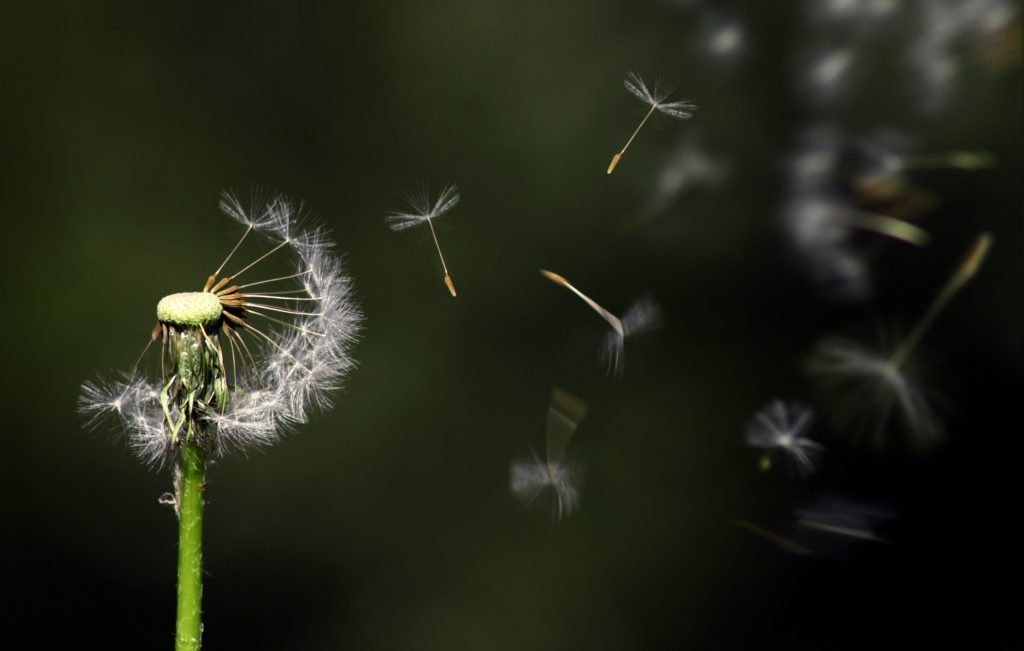
Do you think that everything is only related to profitability, or are there companies that do it really selflessly?
In some cases, we are not talking about direct profits. A company’s decision to become more sustainable may have an interesting positive impact on its changed perception on the market. According to various researches, it is becoming clear that many people, especially the young generation, are interested in working for companies with goals to become sustainable. Of course, then we do not look at a direct profit in the form of profit from the sales, but more interesting people will be interested in working for such a company. I think it is essential to realize that it is not just about making a profit, but also about whether I will ensure the company’s functioning under the new regulations/directives, whether adopted by the State or the European Commission. No one wants to get big fines that will have a very negative effect on profits. The company should try to be interesting for the partners and look for the people who want to work with it. For example, about public procurement, we know that a law is coming into practice that stipulates that a certain percentage of products and services must meet stricter requirements and be more sustainable. So I don’t think it’s just about the profit from the sale; the benefits of a company that decides to go in a more sustainable circular direction are huge.
In your opinion, what role do creatives play in applying the circular economy in practice so that products are more durable, reusable, repairable, and recyclable?
I think their role is really huge. They are the initial link, with which we begin to talk about what the product or service will look like. We discuss with them what materials will be used in the design and creation of the product. What will be the packaging materials we use? How can this product be used? Will it be possible to share it with other people, or will it be for personal use only? This is where the designer needs to be able to think about how to design it so that the customer is satisfied, but, at the same time, we can make good use of the application of the principles of circular economy and create something that does not harm our planet.

The CoCo4CCI project connects businesses and representatives of the creative industry. What would you recommend to creators or companies, when looking for solutions?
A very interesting methodology is design thinking, with the final customer being the center of everything. We can look at it from several points of view. What are the current benefits of the product? Why did they choose it? What was their goal? How did they want to make the customer’s life easier, and how did they want to make the life of themselves easier? Is this really what the customer needs? Do they really want these colors, this composite, to be used? Are there any alternatives?
This is the advantage of international cooperation, which is very important in moving the circular economy to the global level. There are many case studies. I would recommend doing a survey; they can start with an online survey. Then, they can connect with other companies that may not necessarily be in Slovakia – they may be companies that operate in other countries – and they shall look at what these companies do and what solutions they have found. Communication will be essential. Of course, when we look at someone with financial education and look at the creators, they all think. Differently, they all have different goals and different ways of looking at the world. It will be essential to find a method that suits both parties. It is also about the fact that both parties should want to solve this problem, come closer, find a way to communicate, and trust each other. It will be vital to bring the cooperation to a successful conclusion.
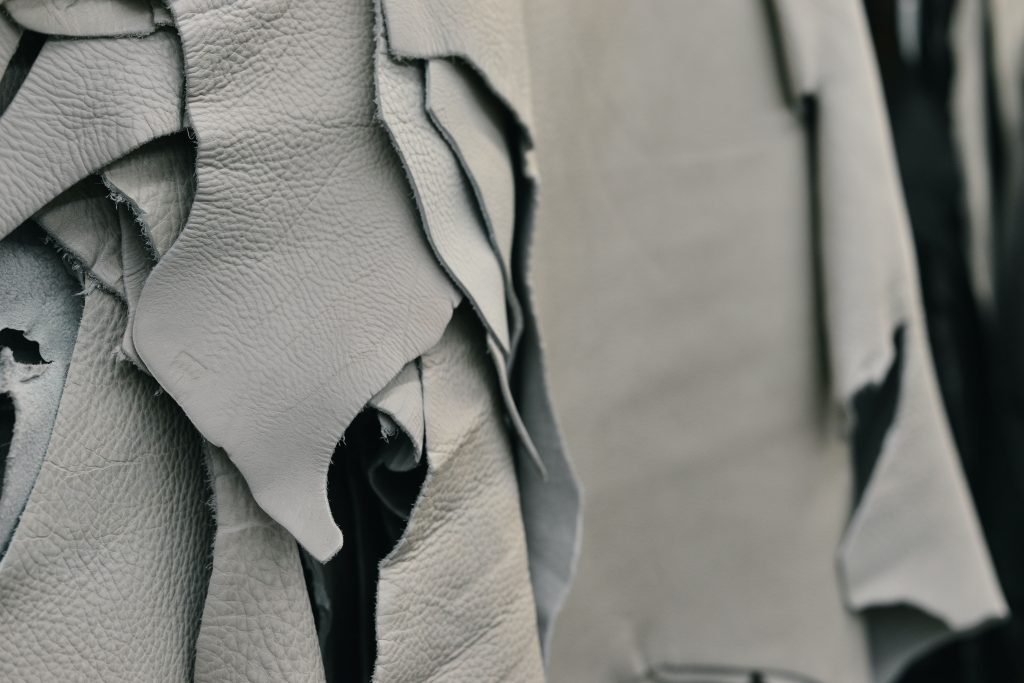
I will mention one example that creatives will solve in our project. We have a company that produces tons of residual genuine and artificial leather annually. It exports it outside Europe, where it is further processed, but the carbon footprint is huge. The company is therefore looking for a solution to process the leather locally. What mind settings do you recommend for the creatives or the company?
Here, we can bridge various collaborations – which can be our partner? This is where we need creativity in thinking “out of the box” to imagine partners who are not ordinary. One group of people can be creative, young, innovative fashion designers who know how to create different products. For example, in today’s world, fashion starts to be very individual and just sustainable, as it does not need new mineral resources and textiles to create something creative and original. They do not make it en masse, but they make it very individual. This is where I can imagine the incorporation of various remnants of material into clothing and apparel. Another way of cooperation is, for example, shoe companies or companies that are dedicated to the creation of materials. I will mention NIKE, which processes the remnants of leather and creates a new material called Flyleather. If they start thinking outside of such standard partnerships, they will certainly be able to figure out who could use it locally and create unique, beautiful products of great added value for future owners. As we talk about the circular economy, it will be perhaps the products that several different customers might share.
The series of Creativity4Circularity podcasts was created for the CoCo4CCI project, which connects advanced manufacturing with the cultural and creative industries to facilitate less traditional forms of collaboration. The Slovak Business Agency prepared them. If you want to listen to this interview as a podcast, you can find it on the following platform:
The project is funded by the Interreg CENTRAL EUROPE grant scheme.
